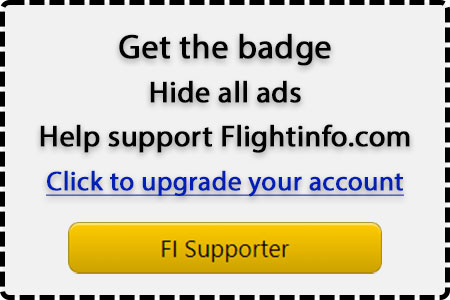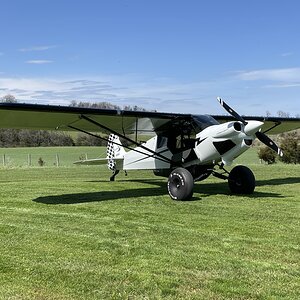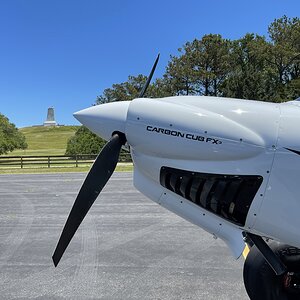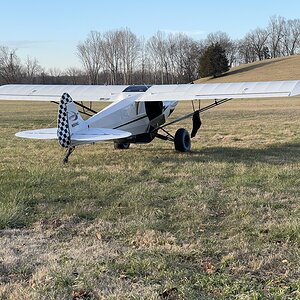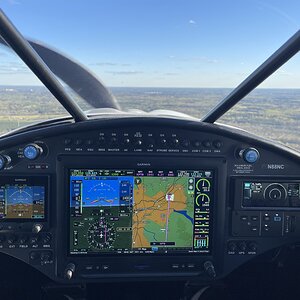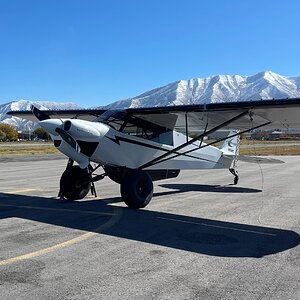He then asked me how you can have 2 PIC flying a single engine piper.
Easy, the student (even though he/she is rated in the aircraft) is NOT acting as PIC as per 14 CFR 1.1. He/She is obivoulsy the sole manipulator of the controls and thus can log that time as PIC per 14 CFR 61.51(e).
The CFI is the one who has the final authority and responsibility for the operation and safety of the flight (along with the other two parts of the PIC definition). Thus, the CFI is the PIC per 14 CFR 1.1. Additionally, as we all know, the CFI can log that time as PIC per the FARs as well.
So, If you asked me who the true PIC (in terms of responsibility) was, it would be the CFI. Thus, if only one person would log PIC, that person would be the CFI.
However since both can log the time as PIC, I say log it. Thats what I have done in the past, and that is what I will continue to do. When in doubt, just follow what the regs say and you will be right.
Some airlines, as pointed out before, want only certain types of PIC time. If I remember correctly, United makes you subtract your Dual received from your time (thereby eliminating the time spent as non Part 1 PIC).
I know some people do the Dual PIC thing to split the cost of multi time, but unless you are really giving instruction or doing hoodwork I would not try that. That type of situation might be what the airlines are trying to avoid. Of course, a discussion on that would start a whole new thread, so I digress.
If my interviewer had questioned me on logging PIC I would have backed it up with the regs, then probably got into a pissing contest if he tried to tell me not to log something that the FARs specifically tell me I can log.
Oh well, hopefully that made sense (probably not but I try
Skeezer
PS Consider this Scenario: You take your girlfriend flying for 1.5 hours and let her take the controls for .2 hours. How much PIC can you LEGALLY log?
The technical answer would be that, even though you are ACTING as PIC, you can only legally log 1.3 hours as PIC. Now, I can pretty much garauntee (sp?) that nobody does that but you can't go wrong if you follow the rules (well, this one at least). AOPA did a good article on logging PIC and used this as an example. I can't remember when they did it and I am too lazy to look it up
Last edited:
